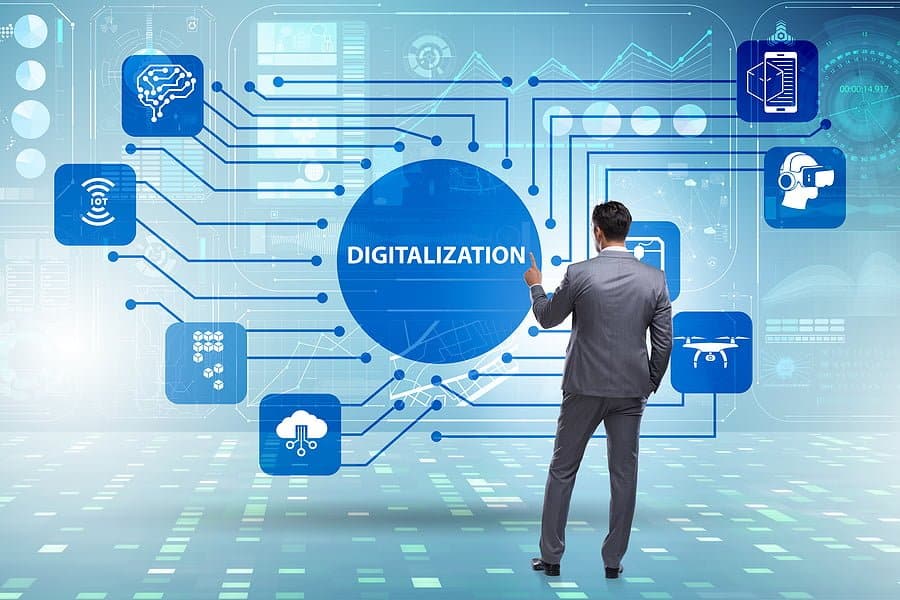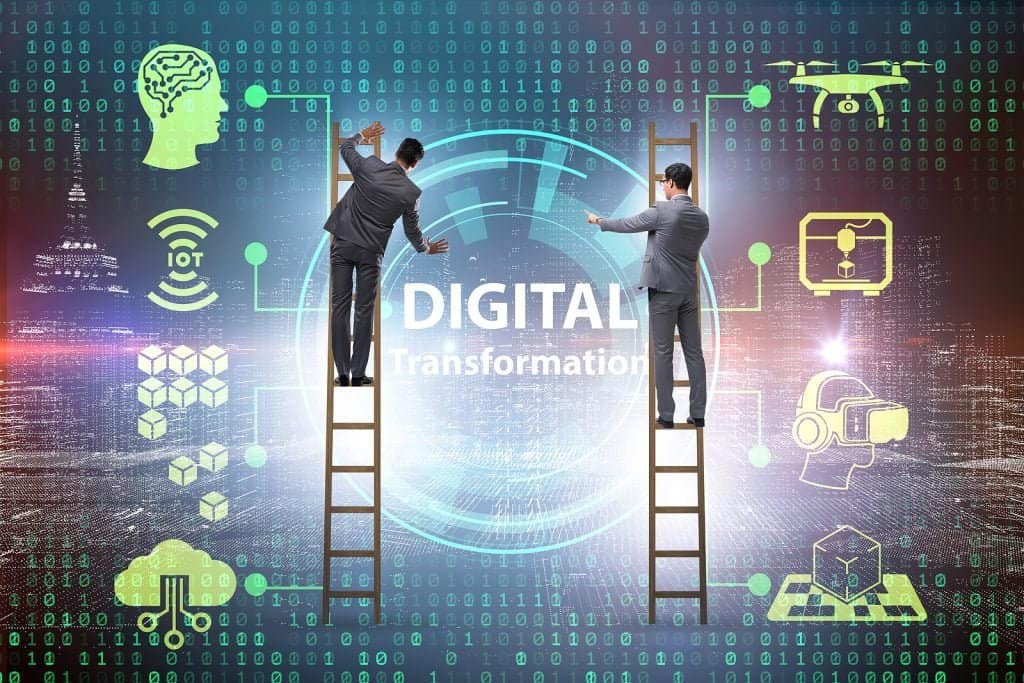Digital Transformation – The Current Status.
Table of Contents
ToggleThe COVID-19 pandemic is now a global crisis. Businesses all over the world were caught catching up when countries started shutting down to contain the virus. Organizations across sectors were either forced to ask employees to work from home or go on an indefinite leave to contain the virus.
Demand for secure video chat software, VPN, and other online tools has surged to facilitate safe and seamless online collaboration among teams and employees. To stay viable and efficient, businesses are embracing digital transformation by opting cloud IT framework, secured networking, and more. The pandemic has been a nightmare for IT teams, and IT vendors are now offering large numbers of automation solutions to decrease the pressure. Businesses are opting for security testing services to ensure network sanctity is maintained.
Digital transformation has now become a necessity for every organization that wants to stay afloat during the pandemic. From eateries realizing the requirements of a mobile app for takeout food orders to medical services banking on telehealth appointments, new use cases for different businesses are coming up daily.
COVID-19 has also exposed a massive digital divide amid businesses and technology. It is because organizations that were already leveraging digital transformation before the pandemic have done better than businesses that are catching up now.

New Digital Strategy for the New Normal
Futuristic digital capabilities focus on growth and expansion. These have become the foundation of digital transformation for businesses looking for growth, demand, and probably a new business strategy.
Here are the key takeaways:
- Create a platform to leverage players already existing in the ecosystem.
- Maximize your movement towards the cloud.
- Implement a digital transformation strategy that leverages insights and analytics for business growth.
- Omnichannel digital marketing ability.
- Implement digital in a restructured supply chain.
Use Cases for Businesses Going Digital
Healthcare
The digital transformation in the healthcare sector is happening around the fear of getting infected and adherence to hygiene/ sanitation guidelines. Before the pandemic, healthcare organizations were using multiple technologies, including IoT devices, wearable devices for telehealth, and integrated solutions to monitor patient health.
To reduce human intervention, the paper-based procedures to prescribe medicines and admit a patient are also becoming digital. Doctors now provide digital prescriptions, and the same stored over the cloud. Diagnostic labs are also sharing the reports online. Online pharmacies will also become popular to reduce human contact.
Distribution Channels
COVID-19 has changed the business context. Businesses are reinventing themselves around technology to stay afloat. Businesses are shifting towards new distribution channels or optimizing their existing ones to ensure efficiency. And because new channels are digital, organizations are now embracing digital transformation at a faster pace.
Massive and abrupt migration to digital channels will certainly affect the entire market, including fresh business tactics and consumer demands.

Customer Demands
Businesses selling products and services have become near obsolete amid the rapidly changing demands of the customer. Now, the majority of them are shopping on online channels for daily needs. Not having an online option is now equivalent to not having a telephone connection in the early 2000s.
Evolving consumer demands are also creating opportunities for businesses to come up with a more user-friendly and customer-centric solution. Hence, now it is not just about putting up an eCommerce application. You need to have robust and responsive customer support with multiple contact points, including phone, live chat, social media, email, and more. You have to reach customers on platforms they use instead of inviting them to your online channel.
Digital Labor will Stay
Businesses are now achieving value and efficiency in the business process through digital innovation, emerging tech, smart ecosystems. Organizations are now upbeat about using new-age technologies, including chatbots and Robotic Process Automation (RPA), to maximize efficiency, transparency, and accuracy. COVID-19 has accelerated this shift to all-new levels.
Organizations are now more receptive to the idea of digital transformation to reduce dependency on humans. It will help them become future-ready to tackle an unannounced crisis like COIVD-19. Greater inclination towards automation and technology is also happening because businesses are now more focussed on protecting their bottom lines in the long run.
Mixed Work Environment
The typical 9 to 5 work from office will become history in several business verticals. Businesses all over the globe have now realized that work from home culture is a possibility with the right bouquet of IT tools and technology. Even after the pandemic is over or after a vaccine arrives in the market, not all employees will come back to the office. People will continue to work remotely.
As a result, multiple large businesses all over the world are now planning to decrease office headcount capacity by up to 50%.
In Summary
For seamless business continuity, organizations should come up with their strategies adapting digital transformation, developing new digital solutions for the business in a pandemic kind of situation.
Summary:
How COVID-19 has Accelerated Digital Transformation of Businesses
The COVID-19 pandemic is now a global crisis. Businesses all over the world were caught catching up when countries started shutting down to contain the virus. Organizations across sectors were either forced to ask employees to work from home or go on an indefinite leave to contain the virus. Digital transformation has now become a necessity for every organization that wants to stay afloat during the pandemic. Futuristic digital capabilities focus on growth and expansion. These have become the foundation of digital transformation for businesses looking for growth, demand, and probably a new business strategy. Here are the key takeaways: Create a platform to leverage players already existing in the ecosystem. Maximize your movement towards the cloud. Implement a digital transformation strategy that leverages insights and analytics for business growth. Omnichannel digital marketing ability. Implement digital in a restructured supply chain.





